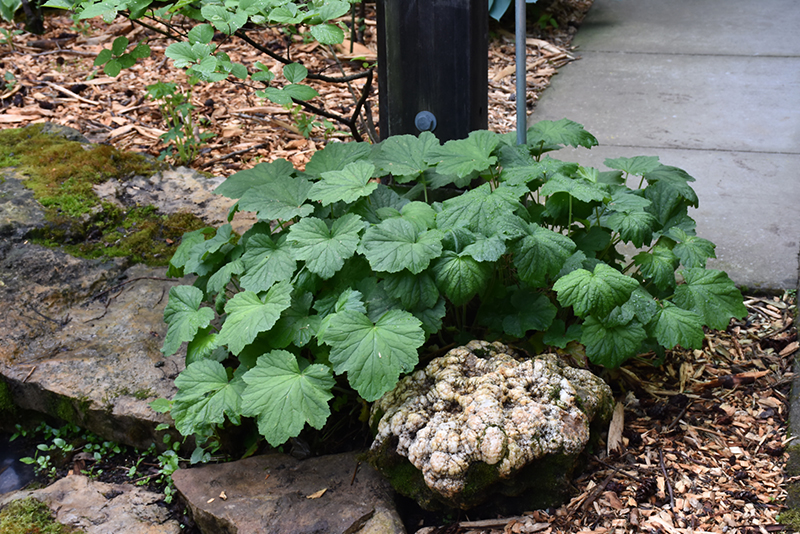|
|
|
| home | about us | loyalty program | products | directions | warranty | garden splendor ® | plant collector | landscaping | |
| Plant Finder | |
|
Plant Height: 12 inches Flower Height: 24 inches Spacing: 15 inches
Sunlight:
Hardiness Zone: 4a Other Names: Coralbells, Alumroot Description: Dainty spikes of tiny, greenish white flowers rise from a compact mound of foliage that emerges burgundy and matures to a rich green with darker veins; amazing contrast to other plants; great versatility; keep soil moist in heat of summer Ornamental Features Coral Bells is primarily valued in the garden for its distinctive form, with the flower stalks towering over the foliage. It features dainty spikes of light green bell-shaped flowers with white overtones rising above the foliage from late spring to early summer. Its attractive crinkled lobed leaves emerge burgundy in spring, turning forest green in color with distinctive dark green veins and tinges of bluish-green. As an added bonus, the foliage turns a gorgeous harvest gold in the fall. Landscape Attributes Coral Bells is a dense herbaceous evergreen perennial with tall flower stalks held atop a low mound of foliage. Its relatively fine texture sets it apart from other garden plants with less refined foliage. This is a relatively low maintenance plant, and should be cut back in late fall in preparation for winter. It is a good choice for attracting hummingbirds to your yard. It has no significant negative characteristics. Coral Bells is recommended for the following landscape applications;
Planting & Growing Coral Bells will grow to be about 12 inches tall at maturity extending to 24 inches tall with the flowers, with a spread of 18 inches. When grown in masses or used as a bedding plant, individual plants should be spaced approximately 15 inches apart. Its foliage tends to remain dense right to the ground, not requiring facer plants in front. It grows at a medium rate, and under ideal conditions can be expected to live for approximately 10 years. As an evegreen perennial, this plant will typically keep its form and foliage year-round. This plant does best in full sun to partial shade. You may want to keep it away from hot, dry locations that receive direct afternoon sun or which get reflected sunlight, such as against the south side of a white wall. It prefers to grow in average to moist conditions, and shouldn't be allowed to dry out. This plant should not require much in the way of fertilizing once established, although it may appreciate a shot of general-purpose fertilizer from time to time early in the growing season. It is not particular as to soil type or pH. It is somewhat tolerant of urban pollution. Consider applying a thick mulch around the root zone in winter to protect it in exposed locations or colder microclimates. This species is native to parts of North America. It can be propagated by division. Coral Bells is a fine choice for the garden, but it is also a good selection for planting in outdoor pots and containers. With its upright habit of growth, it is best suited for use as a 'thriller' in the 'spiller-thriller-filler' container combination; plant it near the center of the pot, surrounded by smaller plants and those that spill over the edges. Note that when growing plants in outdoor containers and baskets, they may require more frequent waterings than they would in the yard or garden. Characteristics
Applications
Features & Attributes
|
|
